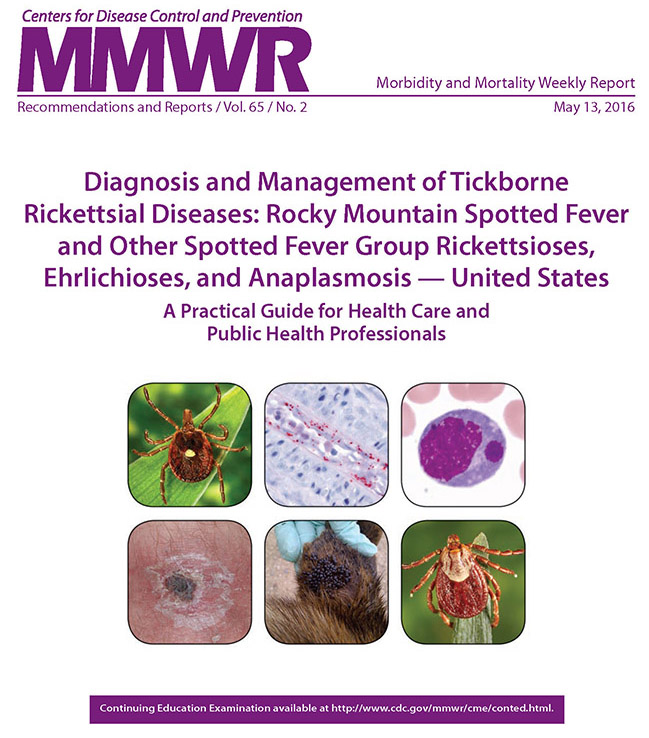
Bacteria in the genus Ehrlichia are known as pathogenic bacteria, but the first documented human case of ehrlichiosis was not detected until 1986. Since then, the numbers of reported case reports has increased quite rapidly and presently stands at over 500 per year.
Ehrliciosis is characterized by the development of severe illness, especially if Ehrlicia are left untreated. Ehrlicia cause a wide variety of symptoms, such as loss of appetite, vomiting, abdominal pain, fever and abdominal discomfort. The most common symptom is chronic diarrhea. In the case of severe ehrlichia disease, there may be no symptoms or only mild ones.
As a consequence of the acute ehrlichia infection, the body begins to build a large amount of mucus and this can spread quickly to other areas of the body. The most common of these is the nose, throat and mouth.
Some Ehrlicia species live in the intestines. This can cause more severe diarrhea symptoms than those mentioned above.
In rare cases, Ehrlicia can affect the lungs. This is because this species of Ehrlicia is more sensitive to some antibiotics than others, making it more likely that they may be responsible for the pneumonia caused by ehrlichia.
One of the most important characteristics of Ehrlicia is that they tend to proliferate in the absence of antibiotics, so effective treatment must be done early in their presence. In most cases, Ehrlicia is resistant to some antibiotics, so make sure he or she picks the right one for the infection.
Ehrlicia cases usually affect infants. It is more common in the first month after birth and is also more common in boys. Ehrlicia infections are more common in breastfed babies than in bottlefed babies, although it is not entirely clear why.
The incubation period for Ehrlicia varies and depends on the organism, geographic area and the intensity of the infection. However, the incubation period should be within six weeks. If left untreated, ehrlichia can lead to death in a short period of time.

In rare cases, Ehrlicia can cause meningitis
Meningitis can be caused by many microorganisms, including streptococcus bacteria. Since Ehrlicia often produces a protein called spheroplasmic toxin, which is very similar to the protein produced by Streptococcus, it is possible they can cause scabies. If a child has a case of meningitis, the symptoms of the infection are usually mild.
To prevent Ehrlicia from recurring, the antibiotics used in treatment of the infection should be prolonged. This will help to kill all the bacteria involved. It will also ensure that there is no future risk of re-infection.
For cases of Ehrlicia pneumoniae, a combination of oral medication and intravenous antibiotics is recommended. Antibiotics can be given intravenously through the vein. This will kill the bacteria that causes the infection and prevent them from returning to the bloodstream.
Treatment is normally for one or two days. However, in cases of serious Ehrlicia infection, antibiotic treatment may be required up to a period of two months.
For children and adults alike, the treatment for Ehrlicia is extremely important because it is so difficult to treat. Early detection of this infection is essential in order to avoid serious complications.
The most common symptom of Ehrlicia pneumoniae infection is coughing. In addition, fever, severe headache, chills and vomiting are also common. In some cases, children may also suffer from diarrhea. These symptoms are usually caused by an overdose of the drugs, malnutrition or other complications of the disease.
In some cases, the infection can also cause diarrhea if the child's diet is not correct and the appropriate amount of food is consumed. Children with Ehrlicia infection usually have problems with their immune system.
For children, it is important to monitor the child for Ehrlicia pneumoniae infections, as they are more likely to suffer from this problem. The best way of doing this is by keeping a close eye on the child while at school and at home.